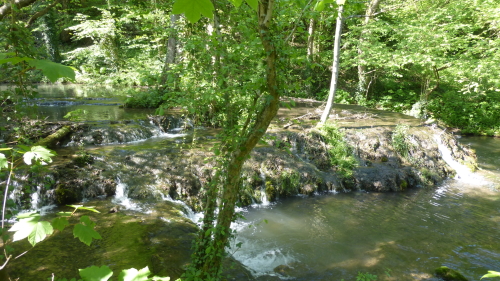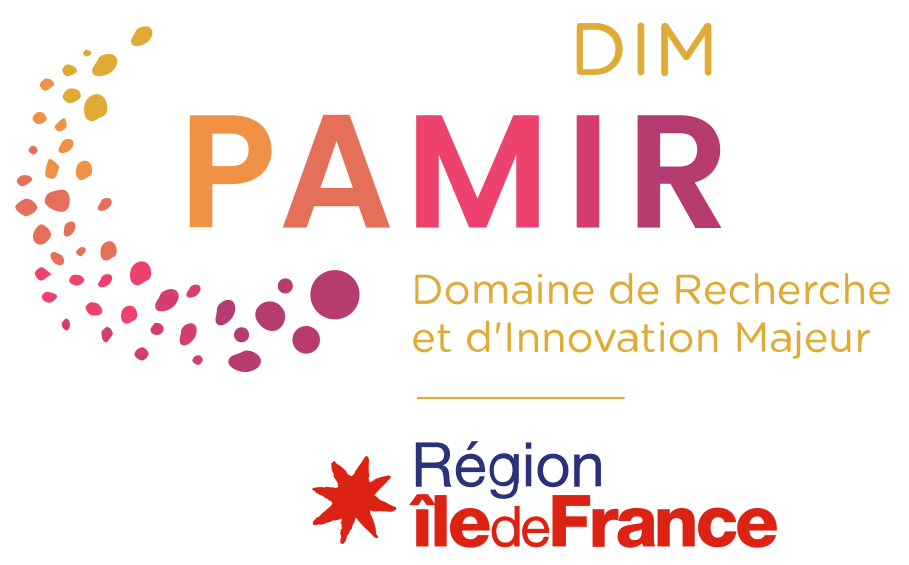
TufAnthrop
Impacts of human activities on European river environments during the Anthropocene and the Holocene: calcareous tufas as a new archive of anthropisation
Scientific responsibility :
- Julie Dabkowski
- François Bétard
- Denis Fiorillo
- Boris Brasseur
- Chloé Garcia
Methodological axes :
Thematic fields :
Disciplinary sectors :
Funding :
- DIM PAMIR
Project ID : IDF-DIM-PAMIR-2022-1-011
Summary :
Calcareous tufas are carbonated rocks precipitating near springs or in rivers. Like all fluvial environments, they are particularly sensitive to environmental changes, whether linked to climatic or anthropogenic modifications. The ‘Late Holocene tufa decline’ is now well identified and thought to result from human activities, especially deforestation, agricultural and industrial water pollution, infrastructure and urbanisation. However, the actual mechanisms of such a decline remain widely debated. Therefore, the TUFAnthrop project aims to 1) document in detail the spatio-temporal dynamics of the tufa decline in relation to the dynamics of settlement and development of human activities, and 2) track the effects of these activities within reference sequences, and their link with Holocene environmental and climatic changes. Calcareous tufas are already known as key-archives for the reconstructions of both palaeoenvironmental and paleoclimatic dynamics through systematic multidisciplinary approaches. During this PhD, new sedimentological and geochemical proxies specific to these formations will be developed. Tufa will thus be established as a new archive of the anthropisation of fluvial environments, allowing to document precisely human-climate-environment interactions during the Holocene. Detailed knowledge of the mechanisms impacting the growth of calcareous tufas is also mandatory for the development of suitable actions of preservation and restoration of modern tufas.
PhD student : Léa Beaumont

